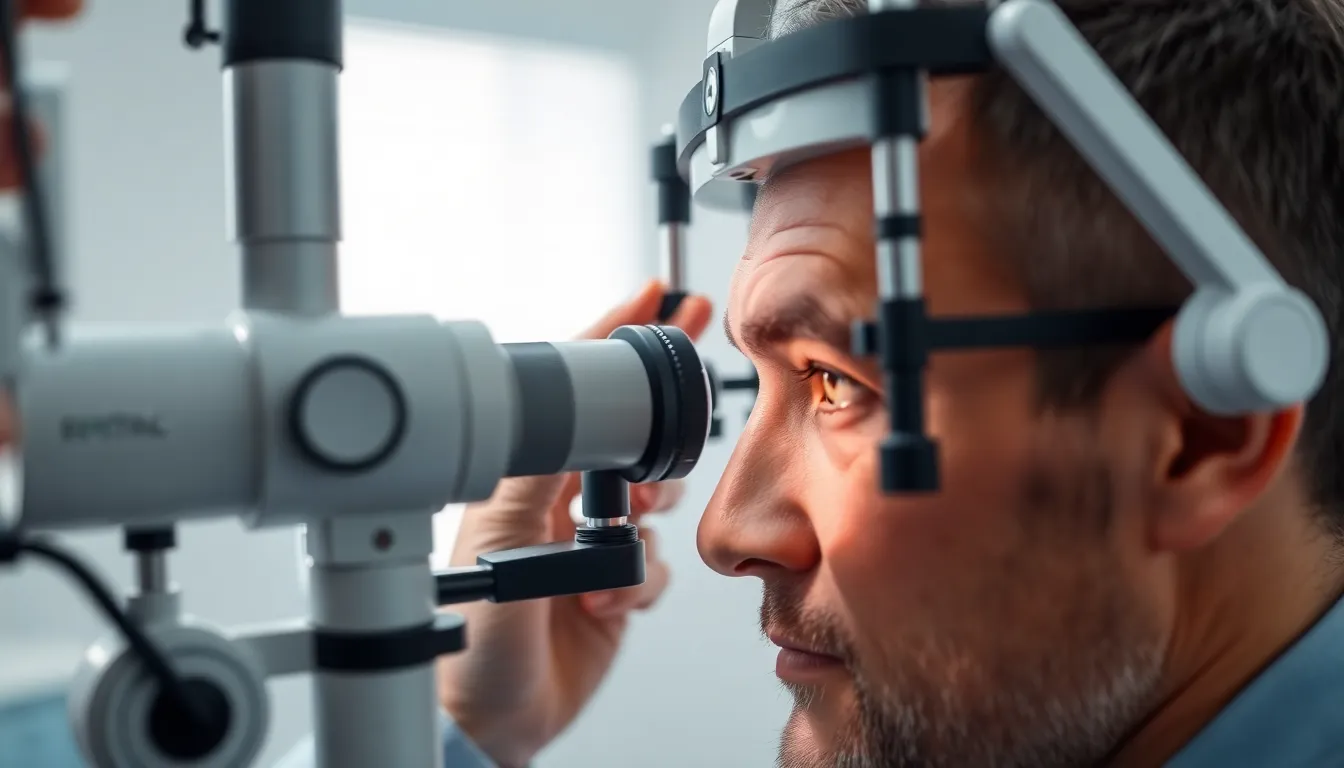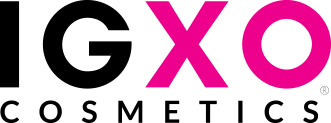How to Test for Homorzopia Disease: Essential Steps for Early Detection
Homorzopia disease might sound like a rare creature from a sci-fi movie, but it’s a real concern that deserves attention. Imagine waking up one day and realizing your vision’s gone a little wonky. You might think you need new glasses, but what if it’s something more? Testing for this condition can be as important as finding that last slice of pizza at a party—essential and life-changing.
How to test for Homorzopia Disease
Contents
Homorzopia disease represents a significant health issue that affects individuals’ vision. Recognizing its symptoms and underlying causes is essential for timely intervention and treatment.
Definition and Symptoms
Homorzopia refers to a visual impairment characterized by distorted perception of objects, leading to blurred or double vision. Individuals might experience difficulty focusing on certain distances. Other symptoms include headaches, eyestrain, and an overall feeling of disorientation in visual environments. Recognizing these symptoms early on can facilitate prompt diagnosis and treatment.
Causes and Risk Factors
Various factors contribute to the development of Homorzopia disease. Genetics plays a role, as individuals with a family history of vision disorders face increased risks. Environmental influences, such as prolonged exposure to screens, also contribute to the condition. Additionally, certain health issues like diabetes and hypertension may exacerbate visual distortions. Awareness of these risk factors helps individuals take preventive measures and seek appropriate care.
Testing Methods for Homorzopia Disease

Effective testing methods for Homorzopia disease involve a combination of clinical assessments and laboratory tests. Early detection plays a crucial role in managing this visual impairment.
Clinical Assessment
A thorough clinical assessment typically begins with a comprehensive eye examination. Optometrists or ophthalmologists evaluate the patient’s visual acuity and perform several diagnostic tests to gauge vision clarity. They may assess eye coordination and examine the patient’s history to identify risk factors. Additionally, discussing symptoms such as headaches or difficulties focusing provides valuable insights. These professionals may use specialized charts and tools to detect irregularities. Identifying changes in vision patterns during the assessment aids in locating potential areas of concern.
Laboratory Tests
Laboratory tests can complement clinical assessments in diagnosing Homorzopia disease. Blood tests often evaluate overall health and check for underlying conditions such as diabetes and hypertension. These health issues frequently contribute to visual distortion, so understanding their presence is critical. Advanced imaging technologies, like optical coherence tomography (OCT), allow for detailed examination of the eye’s internal structures. Imaging results can help identify any abnormalities impacting vision. Combining results from various laboratory tests with clinical findings enhances the accuracy of the diagnosis.
Interpreting Test Results
Interpreting test results for Homorzopia disease plays a crucial role in determining the appropriate course of action. Results may indicate normal or abnormal findings, guiding the next steps for the individual tested.
Normal and Abnormal Findings
Normal findings typically signify no significant issues affecting visual perception. In contrast, abnormal findings often reveal visual distortions or underlying health conditions. A clear indication of Homorzopia disease includes reports of double vision or difficulty focusing, which may warrant further investigation. Health practitioners rely on these results to assess the severity of the condition. Follow-up consultations may be necessary if abnormalities arise, ensuring accurate diagnosis and timely treatment.
Next Steps After Testing
After testing, health professionals usually recommend specific courses of action based on results. If normal findings are confirmed, routine eye examinations become essential for monitoring vision. In cases of abnormal results, further testing may be needed, which might include referrals to specialists. Management strategies often involve therapies tailored to individual symptoms, like vision therapy or medications. Patients can expect direct communication regarding their results and the implications for ongoing care. Each step emphasizes the importance of addressing visual health comprehensively.
Treatment Options
Effective treatment options for Homorzopia disease focus on alleviating symptoms and improving visual function. Individuals experiencing this condition may benefit from a combination of medications, therapies, and lifestyle changes.
Medications and Therapies
Medications often aim to reduce symptoms associated with Homorzopia disease. Physicians might prescribe anti-inflammatory drugs to manage headaches or ocular discomfort. Therapies such as vision therapy provide structured exercises designed to improve visual skills and muscle coordination. Utilizing optical devices can also assist in refining focus and clarity in vision, aiding those affected by distorted perceptions.
Lifestyle Changes and Management
Implementing lifestyle changes plays a crucial role in managing Homorzopia disease. Regular breaks from screen time can help mitigate eye strain, while ensuring proper lighting during tasks reduces visual discomfort. Nutritional adjustments, particularly increasing antioxidant-rich foods, support overall eye health. Consistent visits to eye care professionals ensure regular monitoring of vision changes, enhancing proactive management of the condition.
improved quality of life
Recognizing and testing for Homorzopia disease is essential for anyone experiencing visual disturbances. Early detection can lead to effective management and improved quality of life. Individuals should not hesitate to seek professional help if they notice symptoms like blurred vision or difficulty focusing.
The combination of clinical assessments and advanced laboratory tests provides a comprehensive understanding of one’s visual health. Following up on test results is crucial for determining the right treatment approach. By prioritizing eye health and staying informed, individuals can take proactive steps toward maintaining clear vision and overall well-being.






